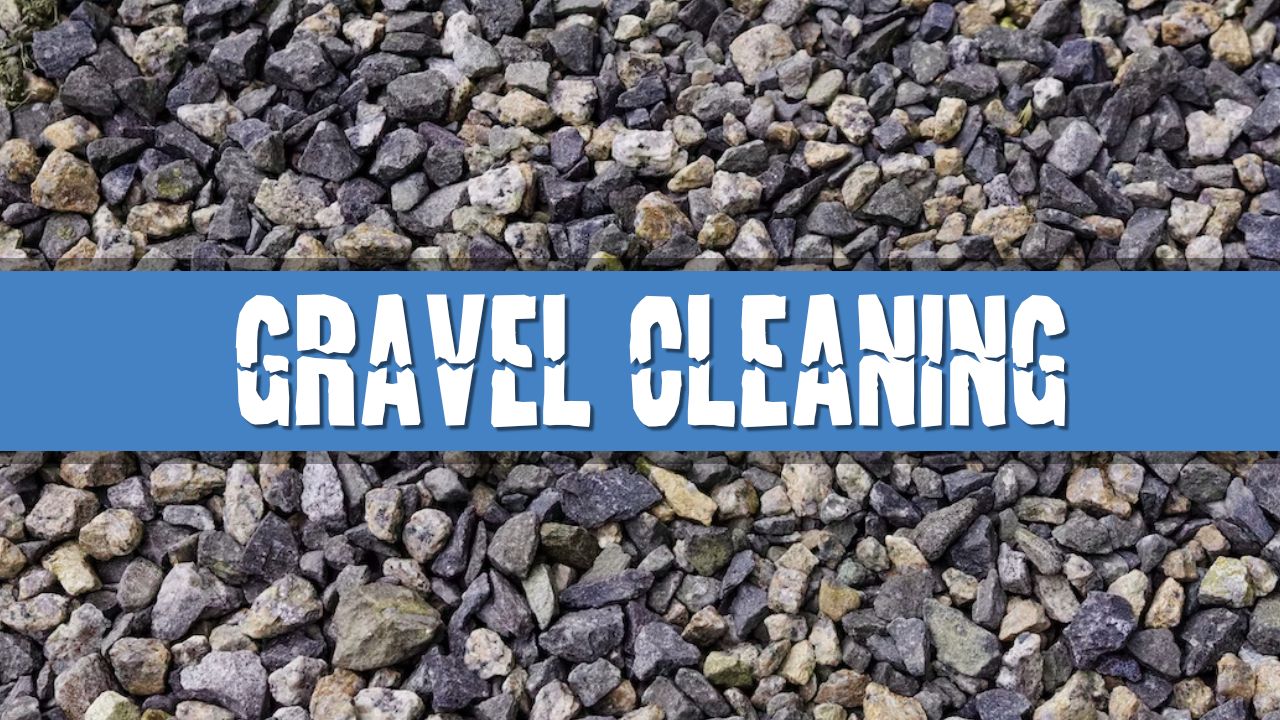Understanding Aquarium Gravel Types: Fine vs. Coarse and Managing Gravel Cleanliness
To clean aquarium gravel, I recommend using a gravel vacuum or siphon to remove debris and waste. Gently stir the gravel and vacuum the loosened dirt. Repeat this process during regular water changes to maintain a clean and healthy aquarium. Learn more in the full article below.

Quick Answer
In my experience, cleaning aquarium gravel involves using a gravel vacuum or siphon to remove debris without taking out the beneficial bacteria. You'll want to hover the vacuum just above the gravel, allowing it to pick up the waste but leaving the gravel itself mostly undisturbed.
At a Glance!
| Cleaning Method | Frequency | Tools Needed | Duration |
|---|---|---|---|
| Gravel Vacuum | Bi-weekly or Monthly | Gravel vacuum/siphon | 15-30 mins |
| Rinsing (New Tanks Only) | One-time | Bucket and Dechlorinated water | Varies |
What factors can affect the answer
1. Gravel Type and Size

Over time, I've come to understand that not all gravel is created equal. The type and size of the gravel in your aquarium can determine the amount of debris it collects and how easily it can be cleaned.
Fine Gravel: While it looks lovely and smooth, finer gravels can compact, making it hard for waste to sift through. This type may require more frequent cleaning.
Coarse Gravel: Larger, coarser gravels allow debris to fall between the gaps. This might make your tank appear cleaner on the surface, but it can store a lot of waste underneath.
| Gravel Type | Cleaning Difficulty | Frequency |
|---|---|---|
| Fine | Moderate to High | Bi-weekly |
| Coarse | Moderate | Monthly |
2. Tank Occupants

The inhabitants of your tank play a significant role in how dirty your gravel gets. Let's face it; some fish are messier than others.
Bottom Feeders & Cleaners: If you have species like Corydoras or shrimp, you might notice less debris as they often feed off particles on the substrate.
Messy Eaters: Fish like goldfish tend to be messy eaters, resulting in more food particles in the gravel.
| Tank Inhabitants | Impact on Gravel Cleanliness |
|---|---|
| Bottom Feeders | Less debris; natural cleaners |
| Messy Eaters | More frequent cleaning needed |
3. Overfeeding

I've made this mistake in the past: overfeeding. It's easy to think a little extra food won't hurt, but over time, it contributes significantly to the waste accumulating in your gravel.
Solution: Ensure you're feeding the right amount. Any uneaten food should be removed after a few minutes to prevent it from sinking and decaying in the gravel.
| Feeding Habit | Impact on Gravel |
|---|---|
| Correct Amount | Minimal waste in gravel |
| Overfeeding | Increased debris; more cleaning |
To clean aquarium gravel efficiently, remember to turn off any heaters and filters beforehand. Use the gravel vacuum to gently clean the surface without digging too deep, ensuring you maintain the beneficial bacteria. If you're setting up a new tank, consider rinsing the gravel in a bucket with dechlorinated water until the water runs clear.
In established (aged) tanks, avoid doing a full gravel rinse, as it can disrupt the tank's biological balance.
Consistency and gentle cleaning have been key to a thriving, clear-watered, healthy Aquarium.

